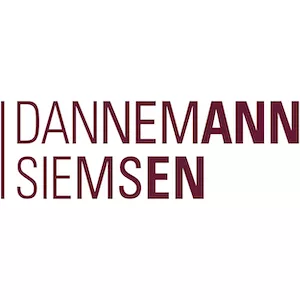- in South America
Globalisation has broken through territorial boundaries and geographical barriers. Distances have been reframed, transforming the dynamics of commercial relationships. The advancement of technology enhances this interaction, creating opportunities and new forms of contracting, including internationally.
From another perspective, some novelties brought by the Code of Civil Procedure of 2015 expand the possibility of customising future litigation through procedural legal transactions contained in agreements.
Indeed, Article 190 of the Code of Civil Procedure (CPC) allows the parties to stipulate, in cases where self-determination is allowed, changes in the procedure to adapt it to the specifics of the case, as well as to agree on their procedural burdens, powers, options and duties, before or during the process.
In this context, the symbiosis between international agreements and procedural legal transactions becomes increasingly dense.
Recently, furthermore, the Superior Court of Justice - STJ ratified a foreign decision (handed down by the New York Court), recognising the validity of a Brazilian company's service of process sent by post in a lawsuit filed abroad (HSE 89/US). Until then, the STJ demanded Brazilian companies be served with process by letter rogatory in the international lawsuit in order to ratify the foreign decision in the future.
In the res judicata, however, the parties had expressly agreed in the international agreement that, in the event of a dispute, any of the contracting parties could be served with process by post, immediately indicating their addresses to receive correspondence.
It is a perfectly valid procedural legal transaction and, in practice, aims to relieve the parties of the costs for tracking a letter rogatory and shorten the duration of the process.
With this new range of opportunities, the contractual and litigation sectors must move in harmony, since much of what is established in the agreement can have a direct impact on future lawsuits.
Not only can the chosen venue and jurisdiction itself be agreed, but many other possibilities were opened up on the advent of the Code of Civil Procedure (CPC) in 2015, even with the seal of the Superior Courts, as was the case in the ruling mentioned above.
For example, the contracting parties can establish that, prior to actioning the judiciary, the parties must mandatorily submit to a procedure for the early production of evidence (Articles 381 to 383 of the CPC - similar to the North American discovery). This allows for the collection of evidence and can facilitate any judicial settlement.
Likewise, the contracting parties can establish a prior extrajudicial mediation procedure, preventing the lawsuit from going to court before this stage (Article 23 of Law No. 13,140/15).
In the same vein, it is possible to agree that the attachment of technical or doctrinal opinions will not be allowed in the future lawsuit, which often burdens the parties, creating an unrestrained race for legal opinions.
It is also feasible to establish the unseizability of some specific asset (unseizabilty agreement), including with regard to industrial property assets, such as trademarks and patents. This agreement ensures greater tranquility and security for the owner of the specified asset, especially in international agreements.
In cases of greater synergy between the contracting parties, the reversal of the burden of proof may be agreed upon through some contractual bargaining (reduction in price, for example), the limitation or waiver of technical assistants or the apportionment of procedural expenses, among other issues.
Even the name of the expert who will act in any lawsuit can immediately be agreed upon by the contracting parties, which can bring about mutual gains. In the area of Industrial Property, for example, where the rights under discussion often represent the largest assets of the companies, lawsuits are usually complex and require specialised technical knowledge, requiring the work of an expert with knowledge in the matter.
Expert investigations often involve two areas of knowledge (for example, industrial property and engineering or industrial property and chemistry), which makes it even more difficult for the judge to appoint suitable professionals. Thus, the possibility of the parties consensually choosing the professional who will act in the case has a double advantage.
On the one hand, it allows litigants to be sure that the topic will be examined by someone who understands the subject and, on the other, it removes from the judge's shoulders the responsibility of a nominating someone who is disconnected from the specific nature of the subject matter, which nowadays is a recurring reality.
In summary, although it is not possible to speak actually of the contractualisation of the lawsuit, there is no doubt that the procedural legal transactions contained in agreements can revolutionise the procedural dynamics, which demands greater attention from the contracting parties at the time of the negotiations, as well a panoramic and strategic view by lawyers in the contractual and litigation areas.
Source: Consultor Jurídico (12/01/2021)
The content of this article is intended to provide a general guide to the subject matter. Specialist advice should be sought about your specific circumstances.



